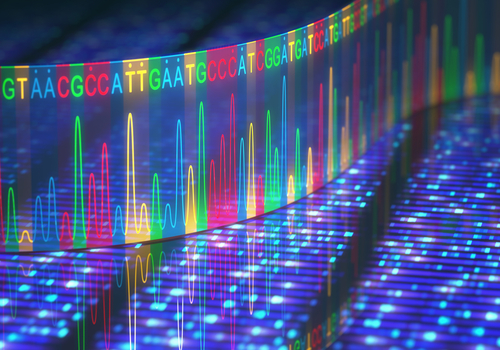New GBA Mutation Found, Linked to Gaucher Type 1 in Japanese Patient, Case Report Reveals
Written by |

A new mutation on the DNA coding sequence of the beta-glucocerebrosidase enzyme was identified and linked to Gaucher disease (GD) type 1 in a Japanese patient, according to a case report.
For patients with this mutation, positron emission tomography/computed tomography (PET/CT) imaging scans may provide a clue to Gaucher disease diagnosis, the report suggests.
The study, “A novel mutation causing type 1 Gaucher disease found in a Japanese patient with gastric cancer: A case report,” was published in the journal Medicine.
Gaucher is a rare disease that affects Western and Japanese patients differently. While 94 percent of patients in Western countries have GD type 1, a subtype that does not affect the central nervous system, only 43 percent of Japanese patients have this subtype.
Finding and diagnosing GD is no easy task. A definite diagnosis can only be made after confirming that beta-glucocerebrosidase has low activity and that its gene is indeed mutated.
Identifying mutations in the GBA gene is of paramount importance in these patients, not only to diagnose those with type 3 disease — who often show normal beta-glucocerebrosidase — but also to predict prognosis and to identify candidates for certain therapeutic approaches.
“Moreover, because GD is an inherited disease, the patient’s genotype identification may enable the early diagnosis of GD and early start of the treatment of the patient’s children,” the researchers said.
The report describes the case of a 69-year-old Japanese woman who was referred to the hospital for treatment of an invasive gastric cancer. The woman had a history of ovarian cancer, and was receiving treatment for Type 2 diabetes and for excess fat molecules in circulation.
Aside from anemia and low platelet levels, her blood tests came back normal. However, a preoperative PET/CT scan — a standard procedure to determine tumor burden — revealed lesions in the bone marrow, lymph nodes, and to a lesser extent, the stomach.
While this suggested that her stomach cancer had spread to the bone marrow and lymph nodes, researchers found no evidence of cancer cells. Instead, they found cells loaded with fatty molecules, similar to those found in Gaucher disease patients.
A more thorough analysis confirmed that these cells had excess lysosomes — small vesicles that work as the waste system of cells — a feature common to lysosomal disorders like Gaucher disease.
Researchers examined the genetic sequence of the GBA gene and found three mutations — L444P, A456P, and V460 — that were already associated with the disease. However, they also found an additional mutation — K157R — that had not yet been described until now.
This woman also had low beta-glucocerebrosidase activity, confirming the diagnosis of Gaucher disease.
Because no neurological symptoms were seen, the woman was diagnosed with GD type 1 and started enzyme replacement therapy with Vpriv (velaglucerase alfa), given every other week. At a follow-up examination 10 months later, significantly fewer Gaucher cells were found in her bone marrow.
“In conclusion, our case demonstrated the utility of 18F-FDG PET/CT for GD diagnosis and suggested the existence of a population carrying K157R allele that causes GD in Japan,” the researchers said. “For such patients, 18F-FDG PET/CT is valid as the first step of diagnosis.”


